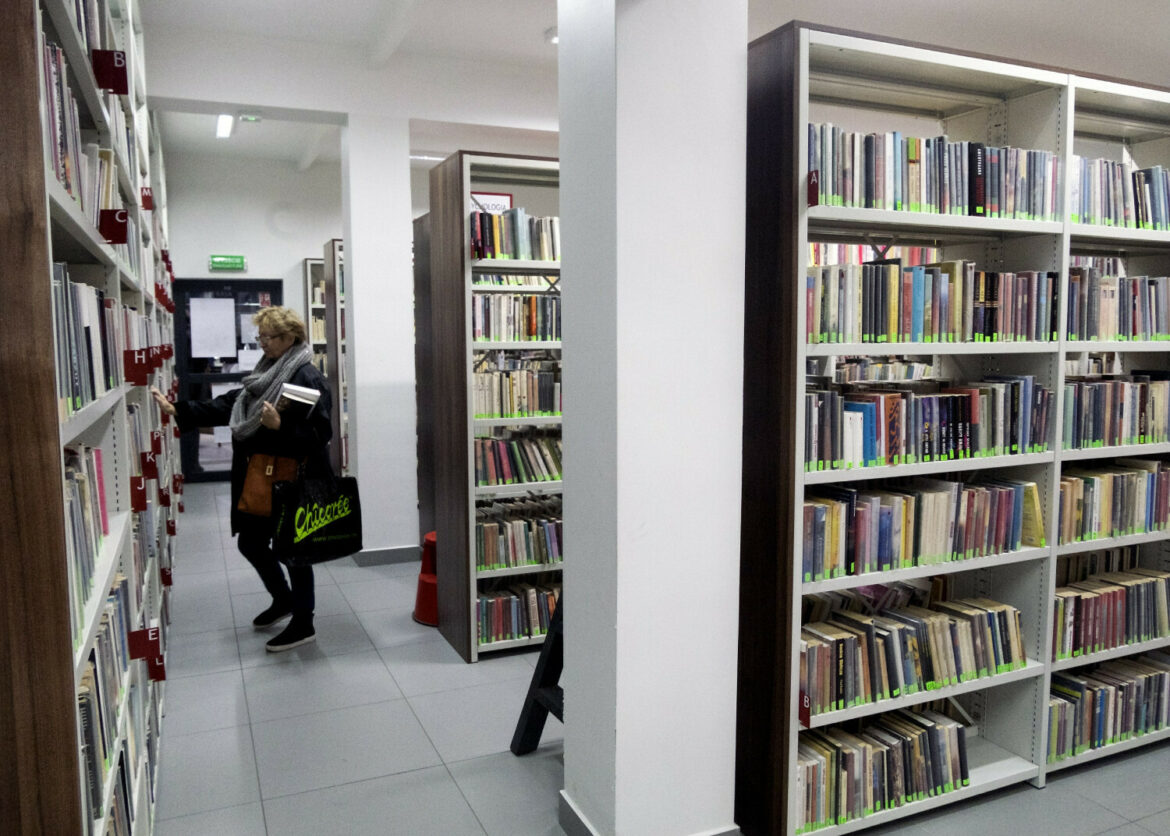The National Library in Warsaw has published its latest report on book readership in Poland, with the authors claiming that it has returned to pre-pandemic levels. It means that the downward trend has been permanently halted.
In March 2022, the question about reading at least one book in the 12 months preceding the survey was answered affirmatively by 38% of respondents. This result is not surprising if 2019, the last year before the extraordinary circumstances caused by the COVID-19 pandemic, is taken as the reference. The slight increase in reading recorded in 2020 did not become the start of an upward trend. Pandemic constraints, including home schooling of children and remote working, brought a slightly higher interest in reading in the first year of the pandemic and a noticeable drop in the second.
The most common source of books is shopping, with online sales increasing in importance during the pandemic.
The closure of libraries as a result of national legislation or due to a local increase in infections in 2020-21 has reduced access to books for less frequent buyers and may have affected lower readership levels – the drop in readership is similar to the reduction in lending from 18% to 13%, demonstrating the important role public libraries play in maintaining readership levels.
The National Library report points out that one of the primary factors influencing both book reading and many other forms of cultural participation is a sense of livelihood security. People who are optimistic about their material situation, i.e. most often those with higher education, read books more often and have a more positive attitude to this activity.
Adrian Andrzejewski





